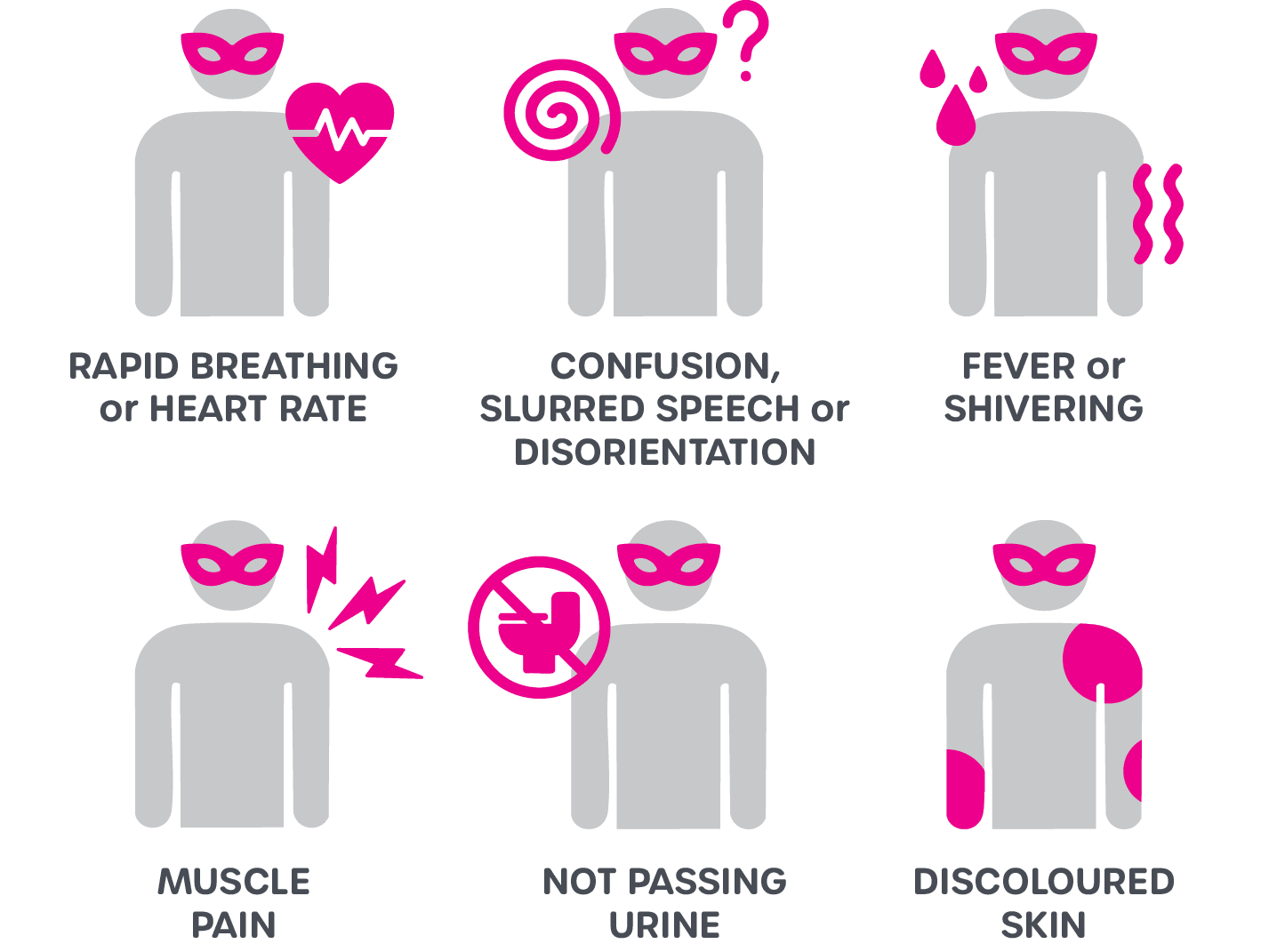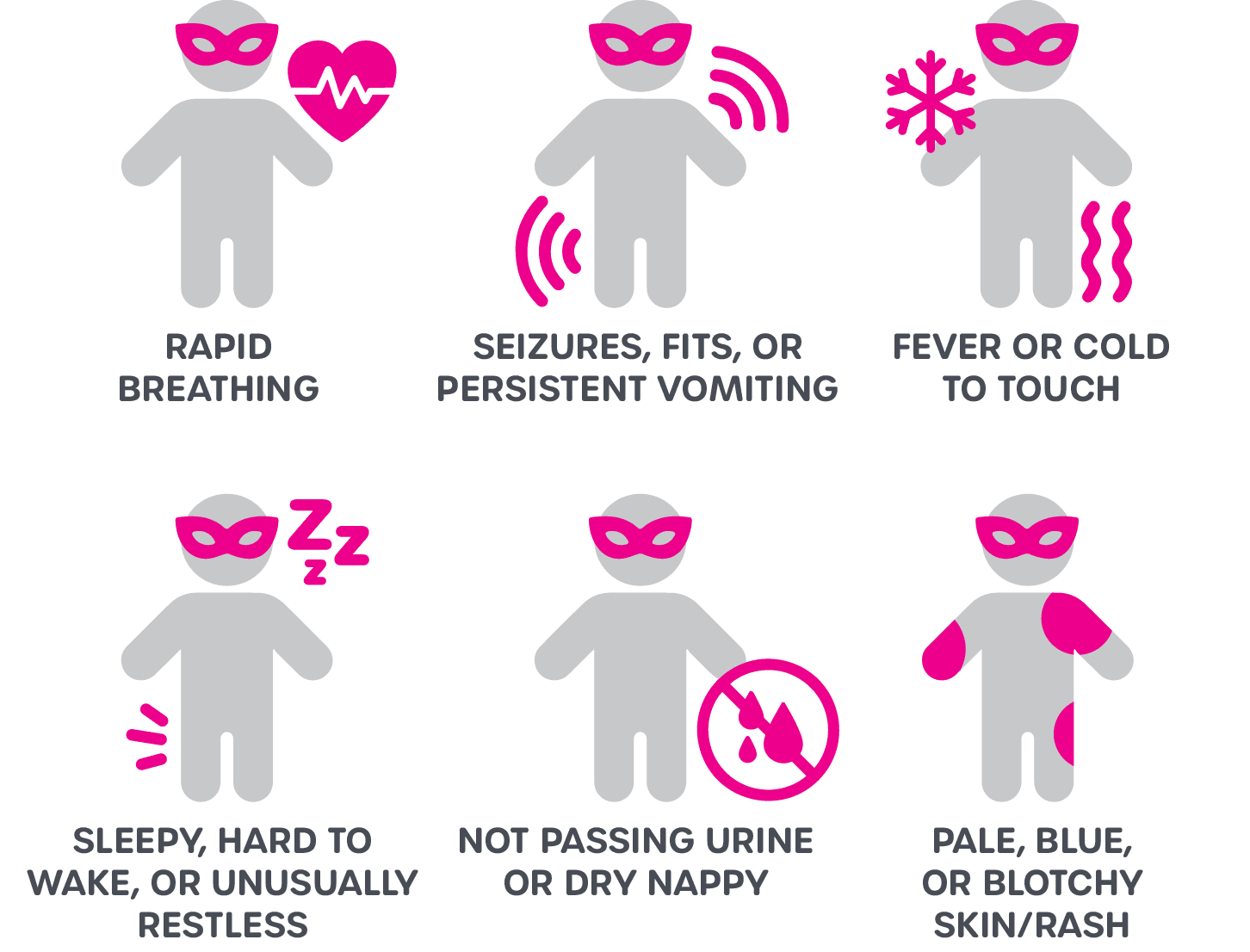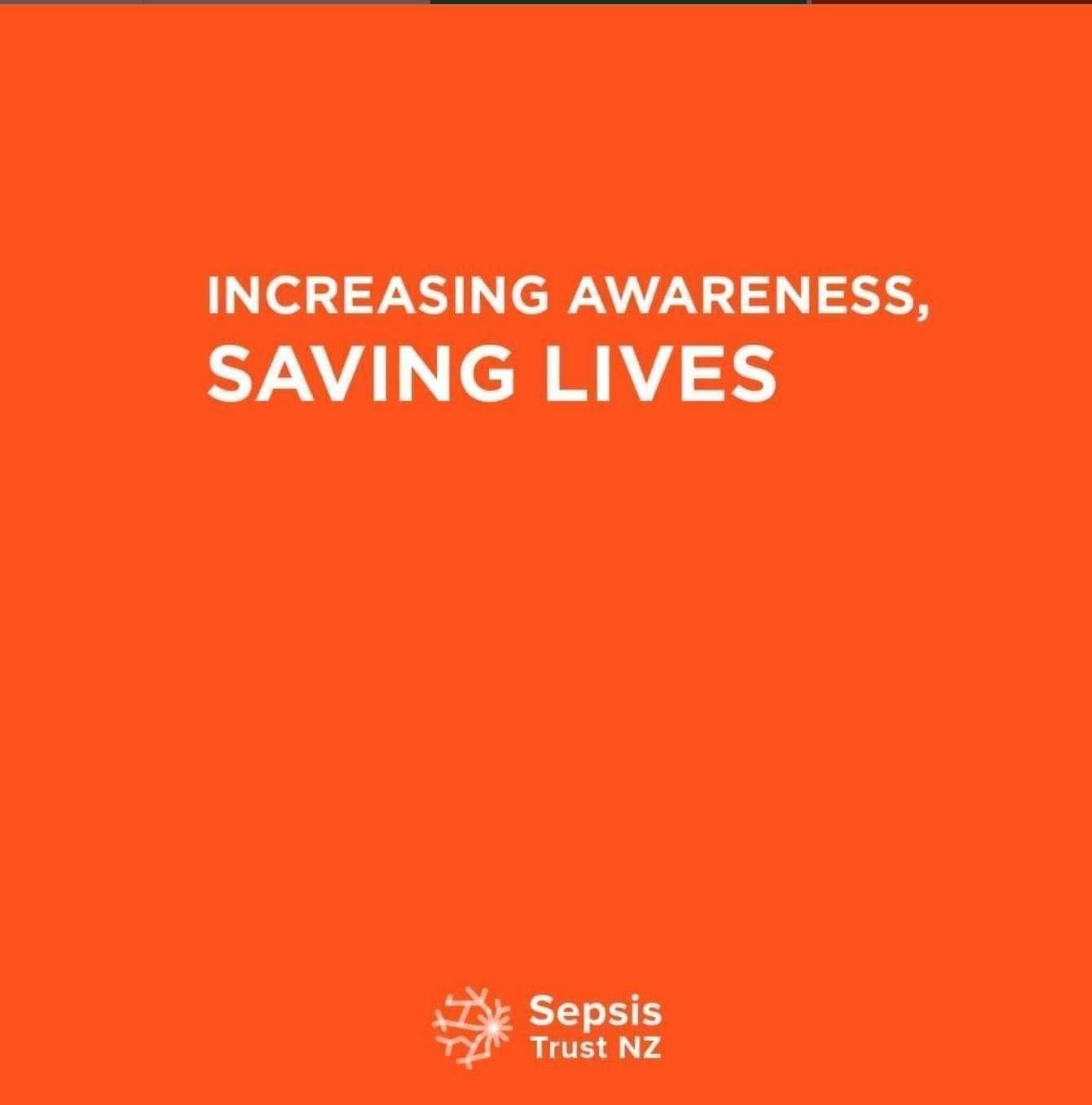What is Sepsis?
Sepsis, Septicaemia, and Blood Poisoning: Communicating the Differences
The term ‘sepsis’ is frequently misused interchangeably with the terms ‘septicaemia’, blood poisoning’ and ‘blood infection’. This can lead to miscommunication, life-threatening diagnostic errors and inappropriate treatment.
Sepsis is the broader term that refers to body's immune response to ANY infection injuring its own tissues and organs. It can lead to organ failure, septic shock, and death if not treated promptly.
Septicaemia specifically refers to the presence of bacteria in the bloodstream, which may be termed as ‘blood poisoning’. Bacteria spread throughout the body through the bloodstream can cause serious infections in organs and tissues. Septicaemia can lead to sepsis if the infection triggers a systemic inflammatory response.
Consistent and correct use of the term 'sepsis' reinforces its identity as a severe, life-threatening condition that can arise from ANY infection. This practice helps to educate about the critical nature of sepsis and underscores the urgent need for immediate medical intervention to access life-saving treatment




What causes sepsis?
When microorganisms (germs), such as bacteria, fungal or viral infection get into your body, they can cause an infection. If that infection isn’t stopped, it can cause sepsis. Sepsis is not an infection, but an inappropriate response to an underlying infection.
The most common infections that cause sepsis are:
An infection of the lungs
An infection of the kidneys and bladder
Infection of skin, joints and/or bone
A problem in your abdomen (puku) like a hole in the bowel
An infection that starts in the bloodstream and heart

